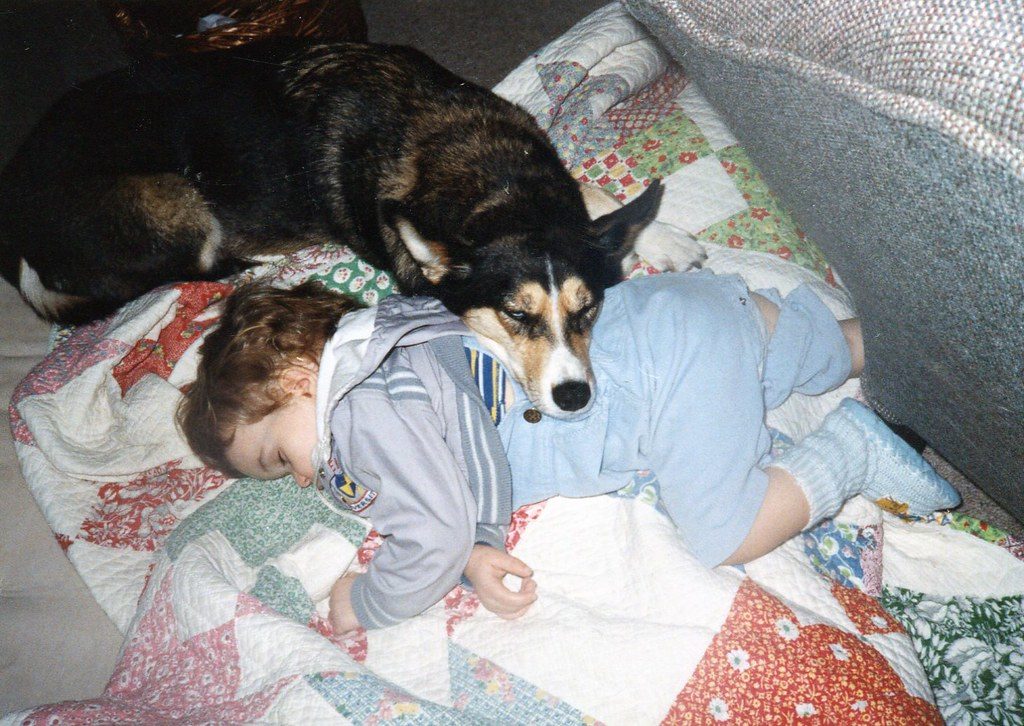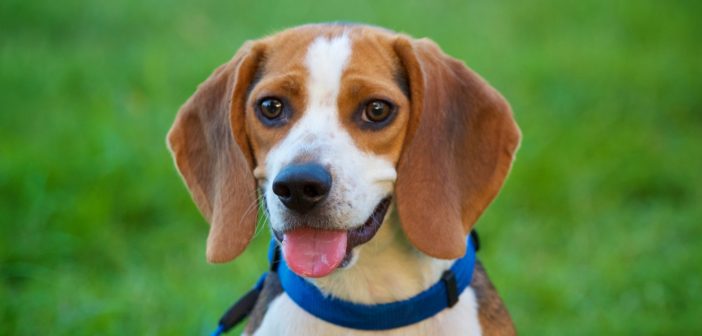Great harm can be done to dogs if their humans are not conscious of animal physiology and the toxicity of many household products. Most people think whatever is alright for them to eat as a human is probably safe for their four footed friends, but this is patently not the case.
Dogs are affected differently than humans by a number of common foods. The canine tendency to consume almost anything they encounter also means that many household items which may seem innocuous, such as plants or cleaning solutions, can have potentially deadly effects.

Dogs are treasured members of our families. Restricting their access to poisons is an important part of keeping them safe and healthy. Image credit Kim Bartlett – Animal People, Inc.
Therefore, before bringing a dog home, it’s imperative that you do some research on this topic and make sure that anything dangerous is properly stowed and out of your dog’s reach.
For example, many people know that chocolate and caffeine are bad for dogs, but foods such as grapes, onions, and avocados can also have a negative effect on their health. The American Society for the Prevention of Cruelty to Animals (ASPCA) has a relatively comprehensive list of foods that are toxic to your dog, and some of your favorites might be on it. It might be unrealistic to say that you will never share people food with your dog, but do the research to make sure that if you are sharing food, it isn’t specifically harmful.
Other harm causing items in your home include obvious things like cleaning supplies and antifreeze, but did you know, for example, that eating dryer sheets is very bad for dog digestion? If your dog consumes a dryer sheet, you must call your vet immediately. The same is true for mints or gum containing xylitol. If a dog eats xylitol it causes a rapid insulin release, which results in potentially life-threatening hypoglycemia.
Going room to room is a good way to systematically make sure to avoid accidentally letting your dog access toxins. A good blueprint for such a room-by-room dog-proofing project is included in this article from Your Best Digs on helping your dog feel comfortable at home.

Dogs’ tendency to chew can put them in danger if they aren’t chewing the right things. Image credit LadyJillybean, CC BY-SA 3.0.
Some additional tips related to keeping your dog safe in your house:
- Crates and gates: while it may seem cruel to keep a dog locked in a crate or behind gates, establishing a specific space for your dog is beneficial emotionally for many dogs. It also keeps them from getting into dangerous items (like toiletries) when you are not at home.
- Tighten your lids: not only is the habit of drinking from the toilet disgusting, it can also make a dog sick, as can many items in your trash. Some dogs ingest or chew things seemingly indiscriminately, and things like batteries in the trash can be fatal for them.
- Toys and tiny items: dogs can easily choke or make themselves sick by swallowing small items (like popsicle sticks or twist ties) or by chewing on children’s toys. Make sure you keep all these items off the floor and out of reach.
Ultimately, making your house pet-proof is a real commitment, and it’s crucial to make sure that everything that your dog comes into contact with will be safe for them.
Featured image: a happy beagle. Image credit Ted Murphy, CC BY-SA 3.0.





